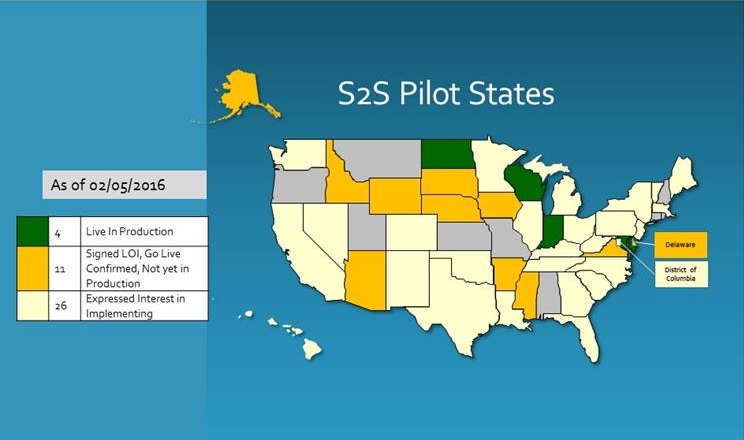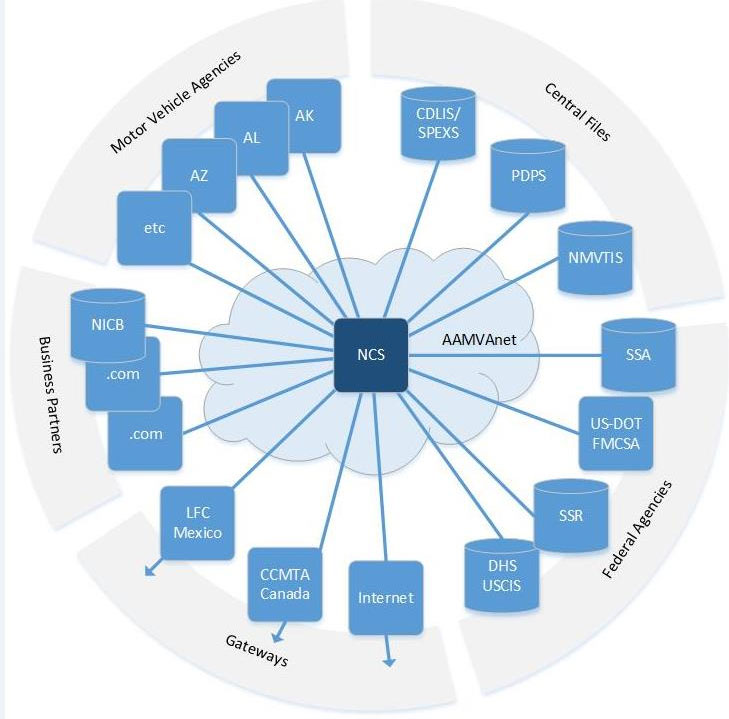Why the Judicial Redress Act is worthless
Yesterday President Obama signed the Judicial Redress Act into law. European Union Commissioner for Justice Věra Jourová described the new law as, “a historic achievement [that] will ensure that all EU citizens have the right to enforce data protection rights in U.S. courts…. The entry into force of the Judicial Redress Act will pave the way for the signature of the EU-U.S. Data Protection Umbrella Agreement.”
Is the Judicial Redress Act really so historic? And will it actually “ensure that all EU citizens have the right to enforce data protection rights in U.S. courts”?
Sadly, no.
Europeans should not be fooled by statements such as those from Commissioner Jourová or her counterparts in other EU institutions. As we know from our own experience in court as US citizens, there are almost no real-world cases in which the Judicial Redress Act will provide any actual protection or enforceable legal rights to citizens or residents of the EU, or anywhere else.
The Judicial Redress Act gives some foreign citizens some of the rights that US citizens currently have, with respect to some of the uses and misuses by the US government of their personal information. But in no case will any foreigner have more rights under the Judicial Redress Act than US citizens have under the Privacy Act.
Serious scrutiny of the terms of the Privacy Act, and of the history of attempts by US citizens to use the Privacy Act to protect themselves against misuse of our personal information by the US government, has been largely absent from the debate about the Judicial Redress Act. But from our experience as parties to one of the key lawsuits attempting to assert Privacy Act claims by US citizens in relation to one of the most controversial categories of personal information being transferred from the EU to the US — passenger name records (PNRs) for international airline flights — we have learned an important lesson that Europeans need to know: the Privacy Act is so limited and riddled with exceptions that it is almost worthless. It is because the Privacy Act is useless, not because the US government follows fair personal information practices in its dragnet surveillance, that there are so few examples of successful litigation against the US government by US citizens under the Privacy Act.
All of the limitations and exceptions that always rendered the “protection” of the Privacy Act inadequate — even for US citizens — will continue to render the protection of the Judicial Redress Act inadequate for foreigners, in all of the same ways, and in additional ones.
What are these exceptions and limitations? In order to make sense out of the Judicial Redress Act, it’s essential to understand the exemptions in the Privacy Act, as courts have interpreted them.
Federal agencies can exempt themselves from almost all of the requirements of the Privacy Act with respect to “investigatory material compiled for law enforcement purposes,” a catch-all category that has been applied to records of dragnet surveillance and other information compiled and used for “pre-crime” profiling, even when the data subjects have never been accused or suspected of any crime. All an agency has to do to opt-out is to publish a notice in the Federal Register that a particular system of records has been declared exempt by the agency that maintains the records. An agency can wait to promulgate such a notice until after it receives a request for access to records, a request for an accounting of disclosures, or a request for correction of records.

